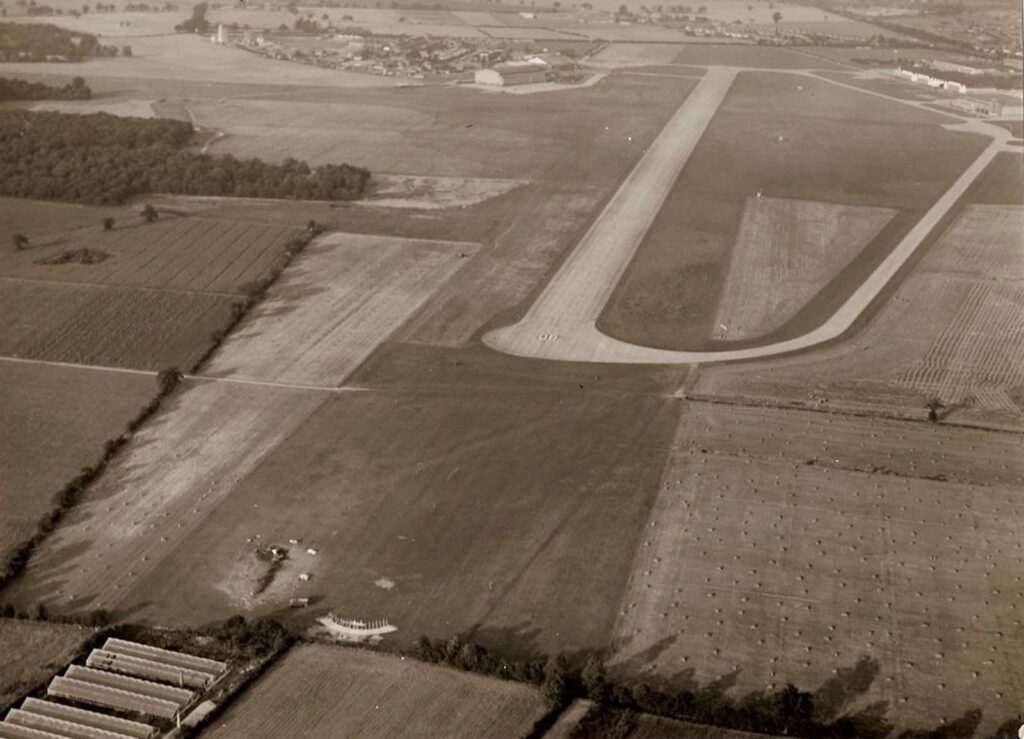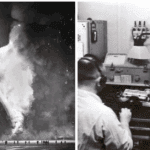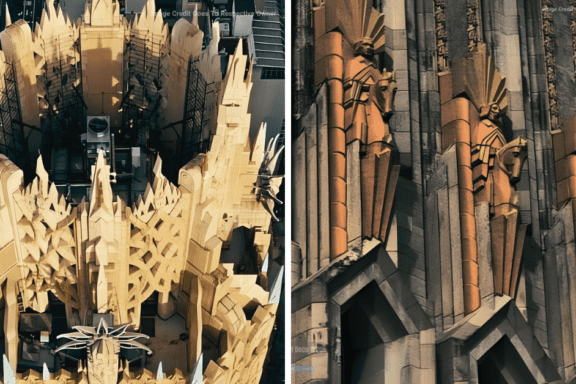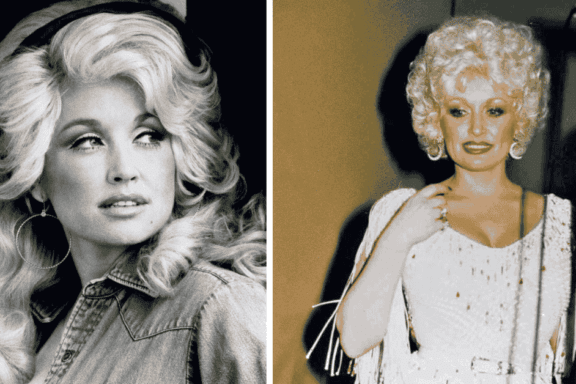
This is the narrative behind the well-known photo of test pilot George Aird thrown from his Lightning F1 fighter jet. September 13, 1962 saw Jim Meads take the image.
Newspapers all throughout the world at the time published it; many people believed it to be fake until the Ministry of Defence attempted to place a “D Notice” on the picture prohibiting publication, therefore verifying that it was real and not a fabrication.
XG332 was the aircraft captured in the picture. Built in 1959, it was among twenty pre-production lightnings. Only British designed and manufactured fighter capable of speeds in excess of Mach 2 to serve with the Royal Air Force was the Lightning. Lightning’s design has a distinctive vertical, staggered arrangement of its two Rolls-Royce Avon turbojet engines inside the fuselage.
Originally intended as an interceptor to guard the V bomber airfields from attack by expected future nuclear-armed supersonic Soviet bombers, the Lightning was planned and built.
What’s the story behind this unbelievable photograph?
Living close to the Hatfield airfield, next door to De Havilland test pilot Bob Sowray, Jim Meads, the photographer, was a professional one. On this day Bob had told his neighbour he was set to fly a Lightning, while both of their spouses had gone shopping in London.
Meads carried his camera along to try to obtain a picture of the plane when he brought his children to see the flight. He intended to snap a picture of the kids against the backdrop of the airstrip when the Lightning landed. They waited for the Lightning to return after spotting a decent perspective of the last approach path.
As it happened, Bob Sowray skipped the Lightning that day. Working for De Havilland, another test pilot was George Aird. George Aird seemed to have been a well-liked test pilot who participated in the Red Top Air-to–Air Missile programme.

XG332 Lightning F1’s nose pitched up and the pilot evacuated as it came in on final approach, at about 200ft high (61 metres). After an engine fire compromised a tailplane actuator, the Lightning had gone under control.
Soon after the ejection, Jim Mead snapped one picture that clearly shows the pilot inverted with his parachute still closed and the Lightning falling earthwards near by.
The tractor driver turned rapidly around to investigate what was happening after hearing the blast of the ejection seat. Mick Sutterby, fifteen years old, drove and worked on the airstrip that summer. He was not striking a good camera posture. Since he shouldn’t be there, he was actually advising Jim Mead, the photographer, to move on.
Fortunately, George Aird, the pilot, survived fracturing both legs and right thigh after descending via a greenhouse roof. The effect of landing caused him to be asleep; jets of cold water from the sprinkler system of the greenhouse awakened him. He recovered later to start his flying career.
First taken that day were pictures for the Ministry of Aviation. Mead sold them to the Daily Mirror once they were let off. The Daily Mirror paid Mead £1,000 for the rights to the picture: £20,000 by today’s standards.

(Photo credit: Jim Meads / Rafjever.org).








No Comments